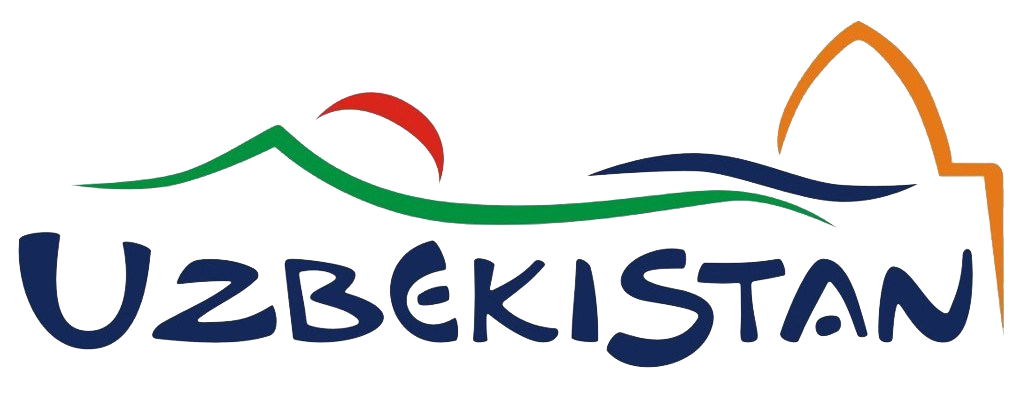Article Search
Search CriteriaArticle Search:
Articles meeting the search criteria
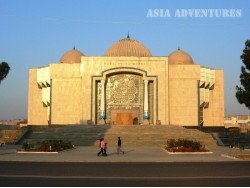
The Museum of Archaeology was founded on 24 October 2001 in honour of the 2500th anniversary of the city of Termez, following a decree from President of Uzbekistan Islam Karimov. Featuring a diverse and unique collection, the museum has no rivals among its kinds in either Uzbekistan or other Central Asian countries. The internal space consists of 10 sections, each devoted to a certain theme. The museum’s entrance hall contains original stone and gypsum statues, large ceramic vessels, a stone pool and a map of Surkhandarya province with 20 archaeological monuments from different historical peri..
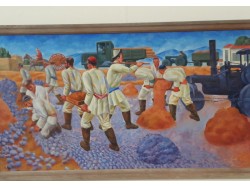
The Savitsky State Museum of Arts, also known as the Karakalpak State Museum of Arts, is situated in Nukus, the capital of Karakalpakstan, and is one of the largest in Uzbekistan. The museum’s collection is recognised as the world’s second in volume and significance among the collections of works of Russian avant-garde, as well as the best collection of works of art in Central Asia.
The museum was founded in 1966 by Igor Savitsky, an excellent scientist, ethnographer, artist and collector. In several years Savitsky managed to gather a huge collection of Russian and Turkestan avant-garde pai..
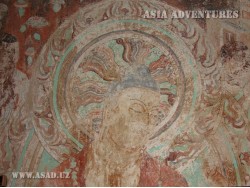
Turfan Central Museum is a concise history of Turfan oasis with a collection consisting of 5.000 of historical relics, pulled from Turpan Basin, beginning from the Paleolithic Age (about 3 million years BC) to modern days. This museum is the second one in the Xinjiang with the largest collection. The museum has a display, which is divided into three parts: historical relics of Turpan, Turpan ancient mummies exhibition and exposition of a large fossil rhinoceros. The fossil of the large rhinoceros is the pride of the museum. It is confirmed that this is the most well-preserved fossil skeleton o..
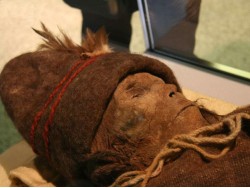
Xinjiang State Museum is one of the oldest, largest and most interesting museums in China and Central Asia. More than 50 thousand unique historical artifacts from all over Xinjiang are exposed here. The total area of showrooms is 7800 square meters.
You can see the traditions and culture of local people; study their national costumes, everyday life, wedding and funeral ceremonies, national cuisine, religion and other customs in the Hall of ethnography.
More than thousands of valuable items of ancient culture and art are exposed In the Hall of historical and archaeological monuments. They..

Wine sampling at the Khovrenko Winery in Samarkand, the oldest wine factory in Central Asia, will be a nice addition to your city tour programme.
The tasting room is organised in a historical building of the late 19th century, the house of Russian merchant Filatov who founded the first winery in Uzbekistan as far back as 1868.
Filatov used local sweet varieties of grapes and introduced new ones he had brought from Crimea and some other parts of Europe. Four years later the various types of 'Samarkand grape wine from Filatov's gardens' won gold and silver medals in international c..

The State Museum of History of Uzbekistan under the Academy of Sciences of Uzbekistan is the oldest museum in Central Asia. It was founded on 12 July 1876 and was named the National Museum of Turkestan. Thanks to the work of public and private organisations the museum received a considerable number of exhibits for a short period of time. The museum’s collection consists of over 250,000 items and includes unique archaeological, numismatic and ethnographic articles.
The articles exhibited in the museum allow the visitors to perceive the extent of the development of Central Asian civ..

An exhibition of the best works of Uzbekistan masters was organised in Tashkent in 1927. Later it began to be held on a regular basis and was named ‘The Exhibition of the Uzbekistan National Economy’.
Year after year the exhibition grew, adding items from the previous centuries, such as handmade embroidery, skullcaps, jewellery, carpets and other samples of people’s applied art. In 1937 the exhibition gained the status of a museum, and in 1997 the museum was brought under the authority of the Ministry of Culture of the Republic of Uzbekistan and was given the official name of ‘The S..

The Museum of the Memory of the Victims of Repressions is the only one of its kind in the territory of the former Soviet Union. Every item in the museum"s collection is connected in this or that way with the repressions and persecutions of the Uzbek people. The repression of liberation movements by the Russian Empire and afterwards by the Soviet authorities, the destruction of the intelligentsia and the most active part of the population under the guise of struggle with rich people and anti-Revolution activity, the expulsions and Stalin’s repressions – all these terrifying events are reflect..

The State Museum of Uzbekistan Arts is one of the largest museums in Central Asia. It was founded in 1918 and initially comprised 500 exhibits – highly artistic items of bronze and porcelain, articles of furniture and works of painting and sculpture. The museum was located in the residence of Grand Duke Nikolai Konstantinovich Romanov, whose private collection formed the core of the museum’s exhibits in the first years.
The museum’s collection of items of applied arts is composed of ganch engravings, ceramic articles, painted and engraved wooden things, embroideries from all the regions..
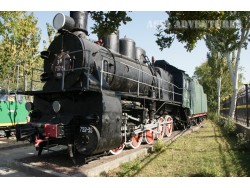
The Tashkent Railway Museum was opened on 4 August 1989, in honour of the 100th anniversary of the Uzbek Railway. The museum is a section of railwaymen’s Central Palace of Culture.
The Tashkent Railway Museum was included in the global association of engineering museums, and its present-day collection ranks among the most interesting collections of the world’s museums of this type.
The museum presents 13 steam engines, 18 diesel locomotives, 3 electric locomotives, carriages of various types and the most interesting samples of maintenance and building machinery of the previous..

Tamerlane was a great ruler, military and political leader, the originator of the Timurid dynasty and the founder of an enormous empire, which stretched from the Mediterranean to the Great Wall of China and from the Caspian Sea to the Persian Gulf. The museum possesses a collection of materials concerning Tamerlane and other representatives of the Timurid dynasty. Among Tamerlane descendants were such outstanding personalities as Mirzo Ulugh Beg, a prominent scientist and the ruler of Maverannahr, Huseyn Bakkara, the governor of Khurasan, and Zahiriddin Muhammed Babur, a great poet and histo..
Showing 1 to 12 of 12 (1 Pages)

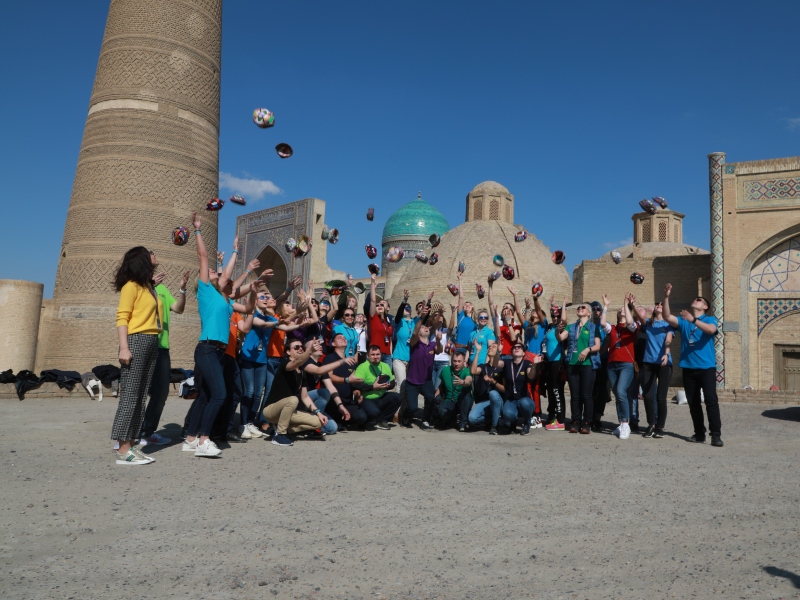 Centralasia Adventures
+998712544100
Centralasia Adventures
+998712544100

